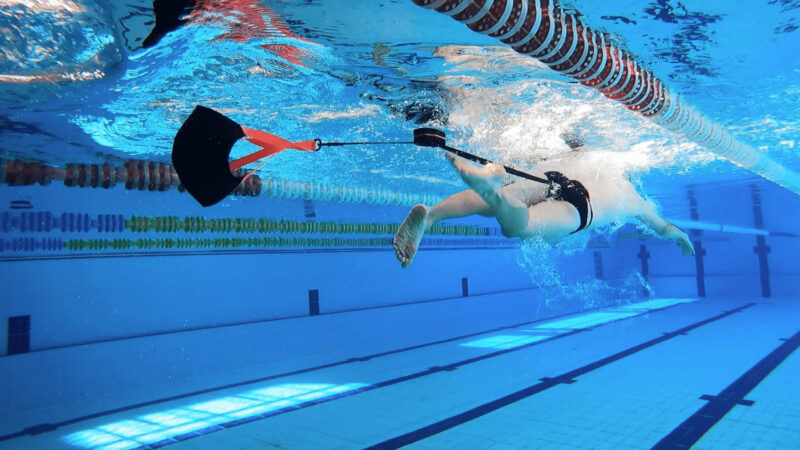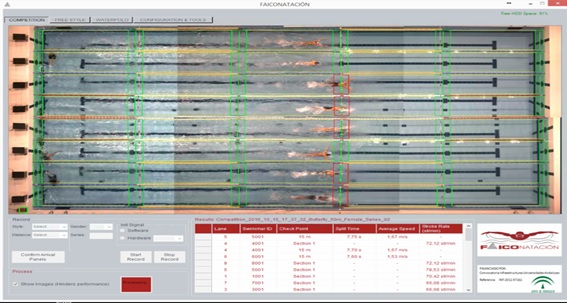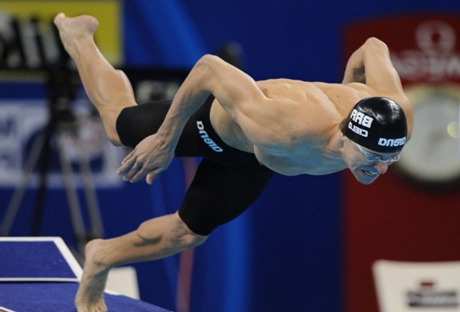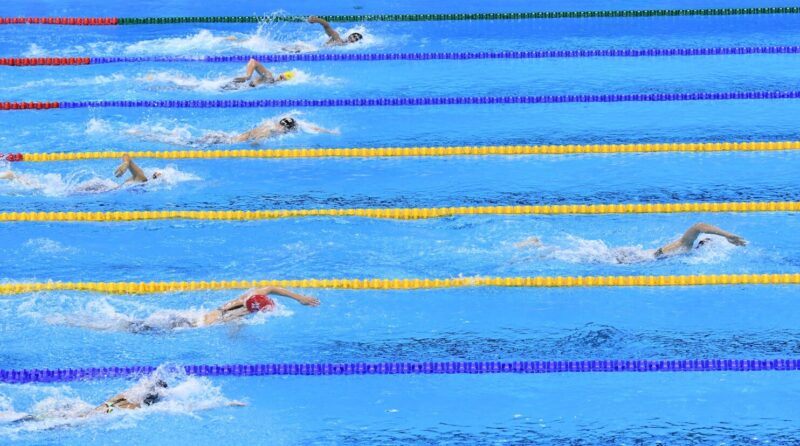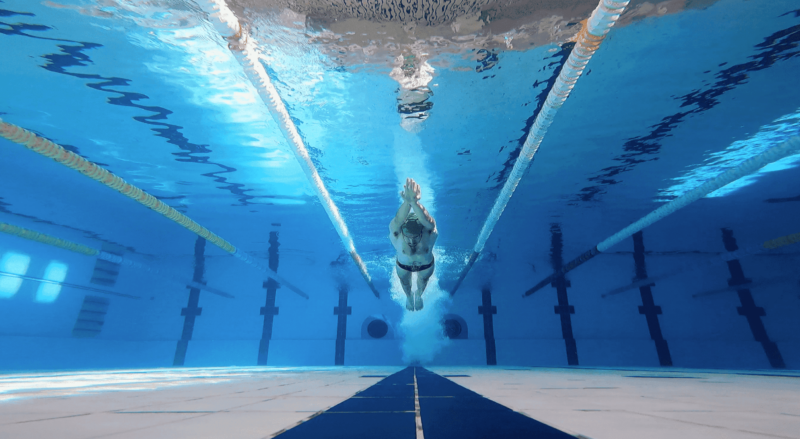Author: Francisco Cuenca-Fernández Introduction and Methodology Since the energy required to swim at a certain speed is derived from that specific speed (Santos et al., 2020; Zamparo et al., 2020), a training stimulus should also include exercises at race-specific velocity with the aim … Read more about Lower fatigue and faster recovery of ultra-short race pace swimming training sessions
Tethered swimming: assessment and training
Author: Jesús J. Ruiz-Navarro Introduction and methodology: Muscular force production while stroking is determinant in competitive swimming performance (Keskinen, Tilli, & Komi, 1989). As a consequence of this fact, some authors have sought a relationship between … Read more about Tethered swimming: assessment and training
Regression analysis models applied to age-group swimmers
Author: Esther Morales-Ortíz Introduction and methodology: The swimmer's time obtained after a competitive event can be considered as an important information to help the training process. Both the swimmer and the coach need as much information as possible from that … Read more about Regression analysis models applied to age-group swimmers
Relative force and PAPE effects in swimming start performance
Author: Francisco Cuenca-Fernández Introduction and methodolody: Swimming start performance is an important component of the swimming race, especially in short events (Burkett et al., 2010). Such relationship has led the interest of some authors for optimizing the take-off parameters … Read more about Relative force and PAPE effects in swimming start performance
The relevance of pacing in 1500-m swimming events
Author: Óscar López Belmonte Introduction Pacing is defined as the energy distribution by which athletes should manage their effort during a competition (Abbiss & Laursen, 2008). Therefore, pacing could be an essential factor in endurance events, where athletes generally adopt … Read more about The relevance of pacing in 1500-m swimming events
Use of wetsuit in swimming
Author: Ana Gay Párraga The main reason for the use of wetsuits in swimming is to avoid hypothermia, which led to their use in open water and triathlon competitions (Parsons and Day, 1986). The use of wetsuits varies, being mandatory, optional or prohibited depending on the water … Read more about Use of wetsuit in swimming
The effects of training in underwater undulatory swimming
Author: Jesús J. Ruiz-Navarro Introduction and methodology In freestyle, butterfly, and backstroke events, after the start and turns swimmers glide and then propel themselves forward using the underwater undulatory swimming (UUS). Except for the dive, the highest velocities … Read more about The effects of training in underwater undulatory swimming
The relevance of the swim start in breaststroke
Author: Francisco Cuenca-Fernández Introduction and methodology The swimming start is the technique used by swimmers to propel themselves as quickly as possible before starting the swim. In 50m events, starting in a delayed position can be an insurmountable barrier to overcome … Read more about The relevance of the swim start in breaststroke

